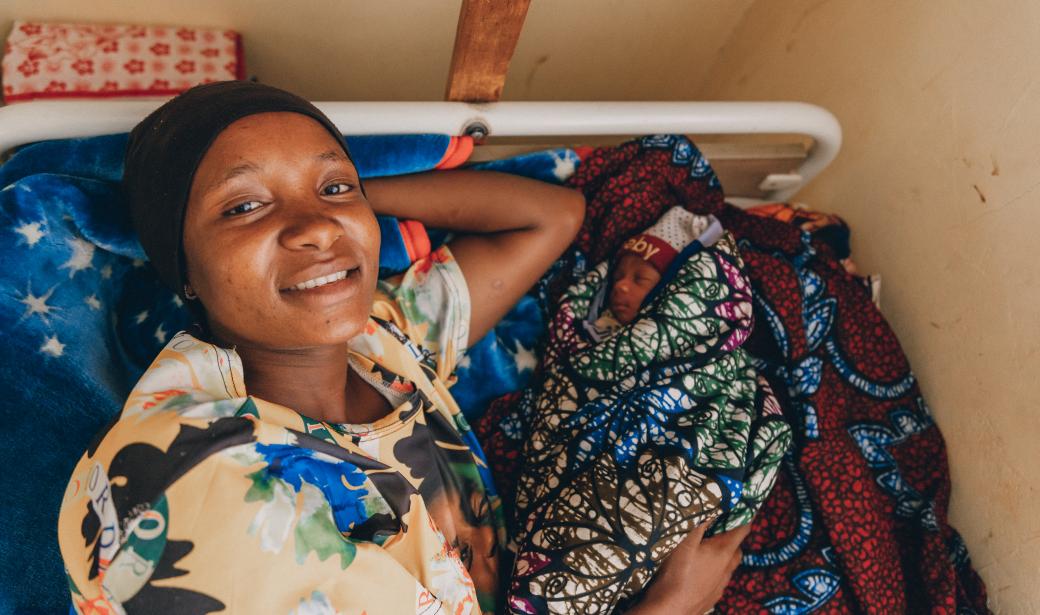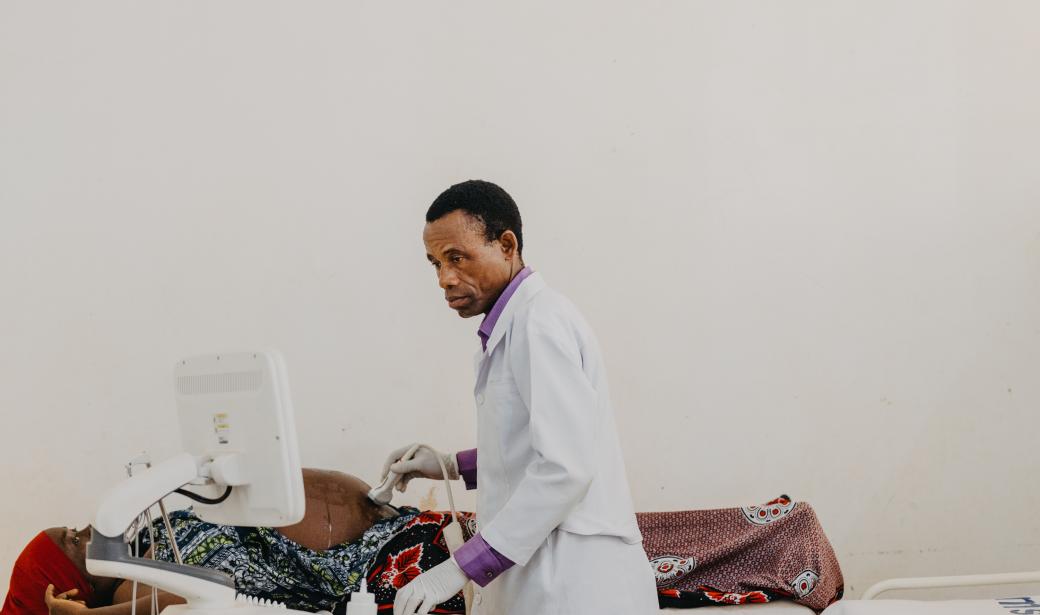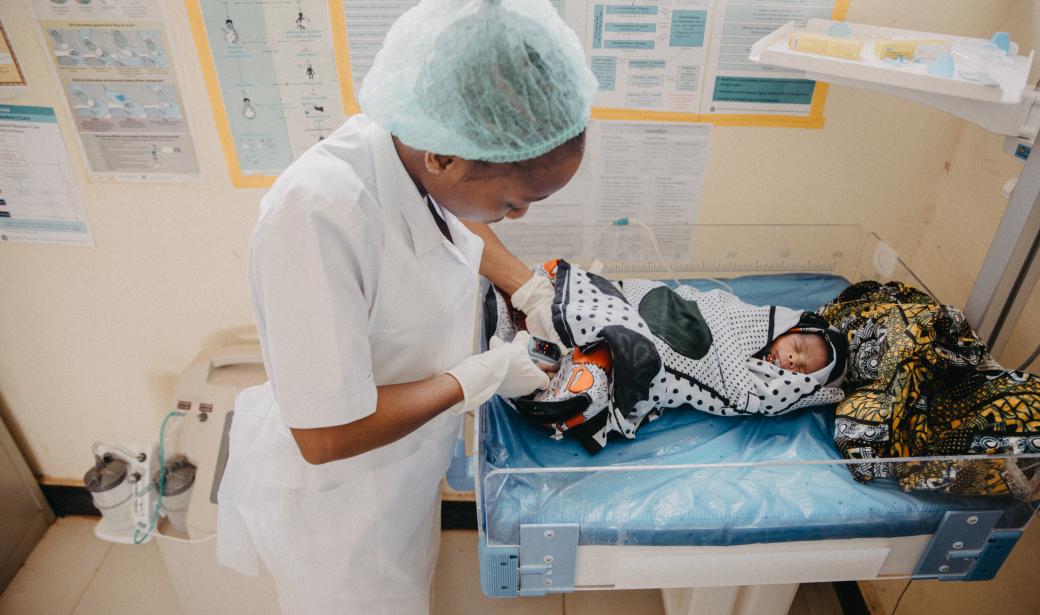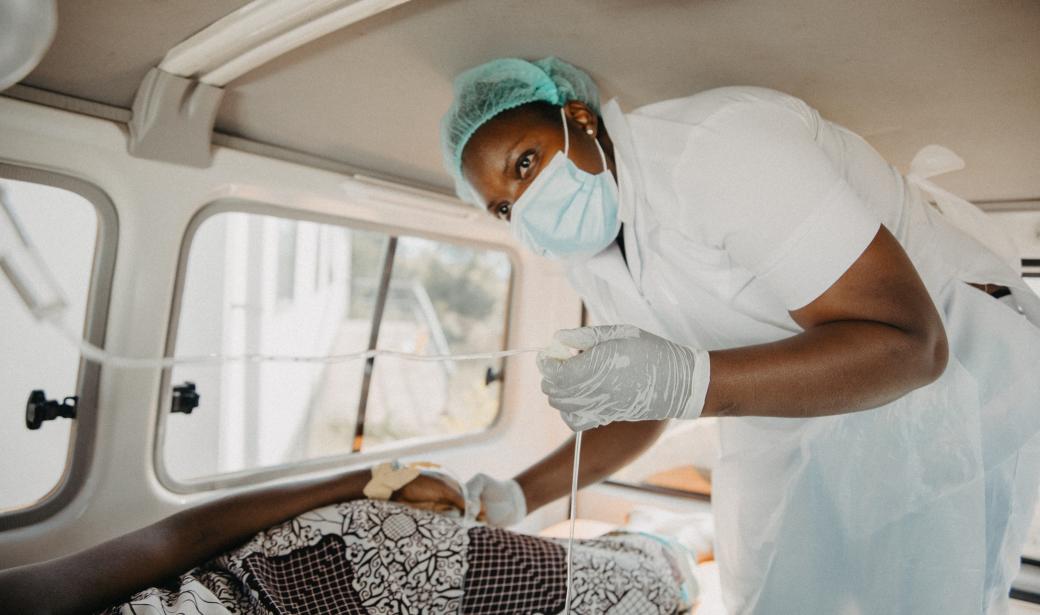Dar es Salaam ‒ In Kigoma region in north-east Tanzania, access to quality health services for pregnant women can be constrained by distance, cost, unreliable diagnostic equipment, and inadequate transportation to referral hospitals. However, despite these constraints, the region has recorded a sharp decline in maternal deaths, from 102 in 2022 to 76 in 2023 per 100 000 live births in health facilities.
Despite this progress, Kigoma region contributes 5.6% of all maternal deaths in Tanzania Mainland, making it the fourth largest contributor out of the country’s 31 regions, and indicating a need to prioritize interventions to further reduce fatalities.
To further ensure access to health facilities by pregnancy women and strengthen the health system, the Norwegian Embassy has partnered with the World Health Organization (WHO) under the Kigoma Joint Programme (KJP) to support government with two fully equipped ambulances and 15 ultrasound machines for the Kigoma Region, benefitting over 2000 women.
“I birthed all my children at home due to the distance. It takes almost three hours to get to the nearby health facility,” she says. “After the third born was delivered, we had some complications, and it took the timely arrival of the ambulance to save our lives.”
So far, the ultrasound has been serving about 10 pregnant women per week, cumulatively reducing pressure on the regional hospital and further strengthening health systems across the region.
“Currently, we are seeing a decrease in deaths in mother and children in the region. We have also seen that even home deliveries are almost ending, reaching zero,” says Dr Jesca Lebba, Regional Medical Officer, Kigoma Region. “We are grateful to WHO and partners who have done a great job. With the strategies adopted, I believe we will continue to see more impact.”
“Through Norwegian support, we are happy to see the impact realized from WHO support, contributing significantly to the sharp decline in maternal mortality in Tanzania,” says Dr Charles Sagoe-Moses, WHO Representative in Tanzania. “With more partners on board, we can achieve more.”
Communications Officer
WHO Country Office, United Republic of Tanzania
Tel: +255 744377899 (Phone)
Email: adjeidum [at] who.int (adjeidum[at]who[dot]int)
Communications and marketing officer
Tel: + 242 06 520 65 65 (WhatsApp)
Email: boakyeagyemangc [at] who.int (boakyeagyemangc[at]who[dot]int)








